
What should you pay attention to when choosing bicycle tires?
The tires of your bicycle are without a doubt one of the most important parts. They affect your performance, driving comfort and safety. A cheap bike with good tires and the right tire pressure sometimes rides better than an expensive bike with the wrong tires. In this article we take a closer look at tires for road bikes. Characteristics of racing tires are the narrow profile and a smooth driving surface. This combination ensures a lower rolling resistance and therefore better performance on the bicycle.

Bandwidth
As a rule, the less wide the bicycle tire, the less the resistance there is with the ground. So the faster you go. The width of bicycle tires varies from between 19 to 100 mm. In which the thinnest tires for track cycling are used. And the widest tires for heavy mountain bike work. As a rule, there are three standard tire widths on the road bike: 23, 25, or 28 mm. A few years ago, the 23 mm band was the most popular. In recent years, the 25 mm has been seen as the standard road bike tire. We are now seeing a shift to the 28 mm band.
So the narrower the band, the faster you go. So why is a slightly wider band being chosen more and more these days? This is easy to explain. Due to the arrival of increasingly lighter but also stiffer materials, such as carbon, the racing bike has become less comfortable. The steel frames of the past were less light and fast, but they absorbed vibrations well. The solution is to widen the band. In this way, the belt not only grows in width, but also in height. The extra height absorbs more vibrations and unevenness in the ground. which are thus not passed on to the cyclist. A wider band therefore provides more comfort. Do you have an older road bike? Then you may have to buy a 23 mm band for this.
TL;DR
- Three standard widths for cycling: 23, 25 and 28mm.
- Bandwidth affects resistance.
- Stiffer road bike materials provide less comfort.
- A wider band offers more comfort.
- The modern standard width is 25 or 28mm.

Bicycle tire resistance
In the previous piece we saw that the width of the band affects the resistance. And the less resistance, the less energy you need to move forward. The resistance of a tire is a complex (physical) subject. In this article we discuss: rolling resistance, air resistance and frictional resistance.
Rolling resistance of a bicycle tire
What exactly does rolling resistance mean? This is the loss of energy during the rotation of the wheel and the friction with a surface. Or the force that is lost due to the contact between the tire and the ground. The greater the area of the tire that touches the ground, the more energy it takes to move forward. The main factors that influence rolling resistance are: tire pressure, tire width and profile.
Tire pressure
Tire pressure on bicycle tires is important for a number of reasons. As you just read, the correct tire pressure ensures low rolling resistance. You then need less energy to achieve the same propulsion - speed. However, do not overinflate the tire. Then you sacrifice comfort and your ride is less pleasant than when you drive with the right tension. A tire that is too hard also ensures that you puncture faster. On the other hand, a tire pressure that is too low causes a decrease in speed. A tire that is too soft also wears out faster. Shame! How hard should you inflate your bicycle tire? An average road bike tire needs between 6 and 8 bar.
Bandwidth
Earlier in the article we went into more detail about the width of the bicycle tire. There we stated that the wider the tire, the higher the rolling resistance. This is basically correct, but there is one small caveat. A wider tire does not always provide a larger contact surface with the ground. A wide belt is wide and short, a narrow belt is narrow and long. Although the contact patch remains the same, the wide tire fits more air.
Profile
You must have noticed. Cyclists ride with little profile and mountain bikers with a lot of profile on the tires. The less profile the bicycle tire has, the lower the resistance. But also the grip. A tire with little profile is therefore made for a (realistically) smooth surface, such as asphalt. The more tread there is on a tire, the better it handles rough terrain. Mountain bikers therefore ride with a large profile on the tire to maintain as much grip as possible on rough terrain. In gravel biking, the tire profile is in between that of a road bike and mountain bike. Gravel bikers approach the speed of cyclists with a thin tire. But at the same time want more grip. The profile of a gravel bike tire is therefore coarser than that of a road bike.
Air resistance of a cyclist
There is a linear relationship between rolling resistance and speed. But an exponential relationship between air resistance and speed! As soon as you have your rolling resistance in order, it is therefore extremely important to pay attention to your air resistance. Many cyclists claim that reducing air resistance only makes sense at higher speeds (+40 km/h). Because air resistance grows exponentially, there is also a grain of truth in this. If you increase the speed from 20 km/h to 40 km/h, then the air resistance is not two, but eight times as large. Nevertheless, it pays to work on your aerodynamics even at lower speeds. The following factors have the most influence on your aerodynamics: bike, outfit and posture. For example, an [aerodynamic outfit] will help you save energy.
Friction resistance of a bicycle tire
Frictional drag includes the rotating parts of a bicycle that create drag. Think, for example, of the bicycle chain, the derailleur and the sprockets. If you ride with a high quality material, the frictional resistance is often of secondary importance. The rotating parts of a bicycle, for example for the drive (chain), also cause resistance. But this frictional resistance is of minor importance in the total resistance during cycling.
TL;DR
- The most important factors influencing rolling resistance are: tire pressure, tire width and the profile of the bicycle tire.
- Tire pressure that is too high (bicycle tire is too hard) reduces the comfort on the bicycle. The tire also punctures faster.
- Tire pressure that is too low (bicycle tire is too soft) means that you have to pedal harder to move forward. In addition, the bicycle tire wears out much faster.
- The less profile the bicycle tire has, the less resistance there is. But also less grip on the road.
- Reducing air resistance always makes sense. Even at low speeds.
- Frictional resistance is of minor importance to total resistance.

Puncture resistance
Flat tires are always a bummer. Fortunately, you have a lot of influence on the frequency with which you puncture. The choice of material has an influence, but so does your driving behavior and the extent to which you check your tires.
Tire pressure
Tire pressure is one of the most important components. Not only does this have a lot of influence on your performance and resistance, the correct tension of the bicycle tire also helps to prevent punctures. If the pressure is too low, stones easily have the chance to get between the rim and the tire. Tire pressure that is too low also causes the rubber to wear faster and become more susceptible to sharp objects. If the tire pressure is too high, the tire needs a smooth surface. It is therefore better to lower the tire pressure slightly on routes with many bumps, such as stones, potholes and bumps.
Quality of the bicycle tires
A good bicycle tire has an anti-puncture layer. Specially designed road bike tires, mountain bike tires or gravel bike tires from a good brand are provided with the right amount of anti-puncture. In addition, there is often a marking on the bicycle tire that indicates whether the tire needs to be replaced. These are two small holes that are a few inches apart. When both holes are worn, the belt needs to be replaced.
Check the bicycle tire and rim regularly
Perhaps one of the most important ways to prevent punctures: control! Check your tire, inner tube and rim regularly. A worn rim can cause frequent punctures. And an old inner tube is more likely to puncture.
TL;DR
- Correct tire pressure prevents punctures.
- The quality of the bicycle tires has a major influence on the extent to which you get a puncture.
- Check the inner tube, tire and rim often.
Would you like to read more articles about cycling?
Sign up for the newsletter and receive the best blogs!




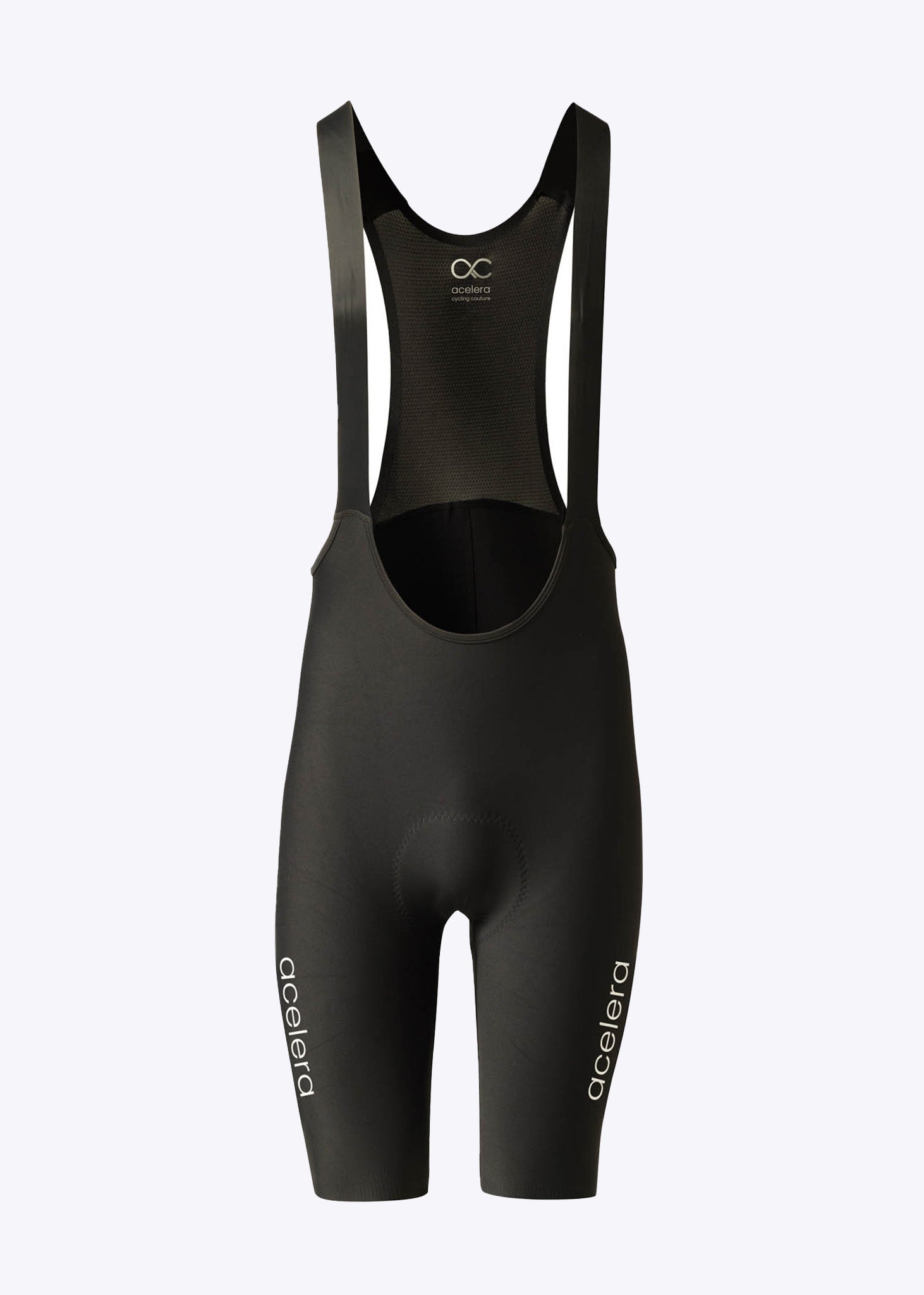

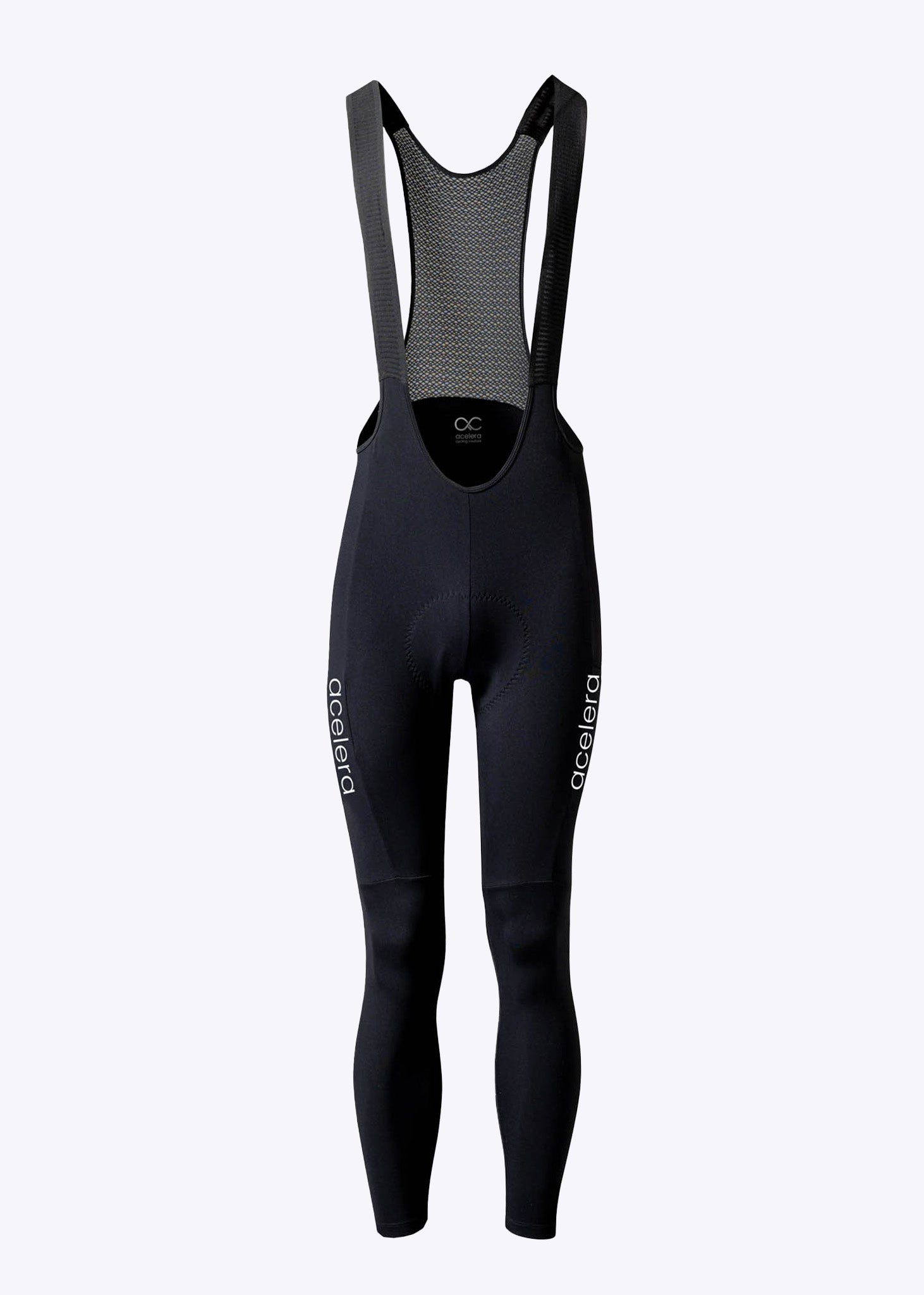
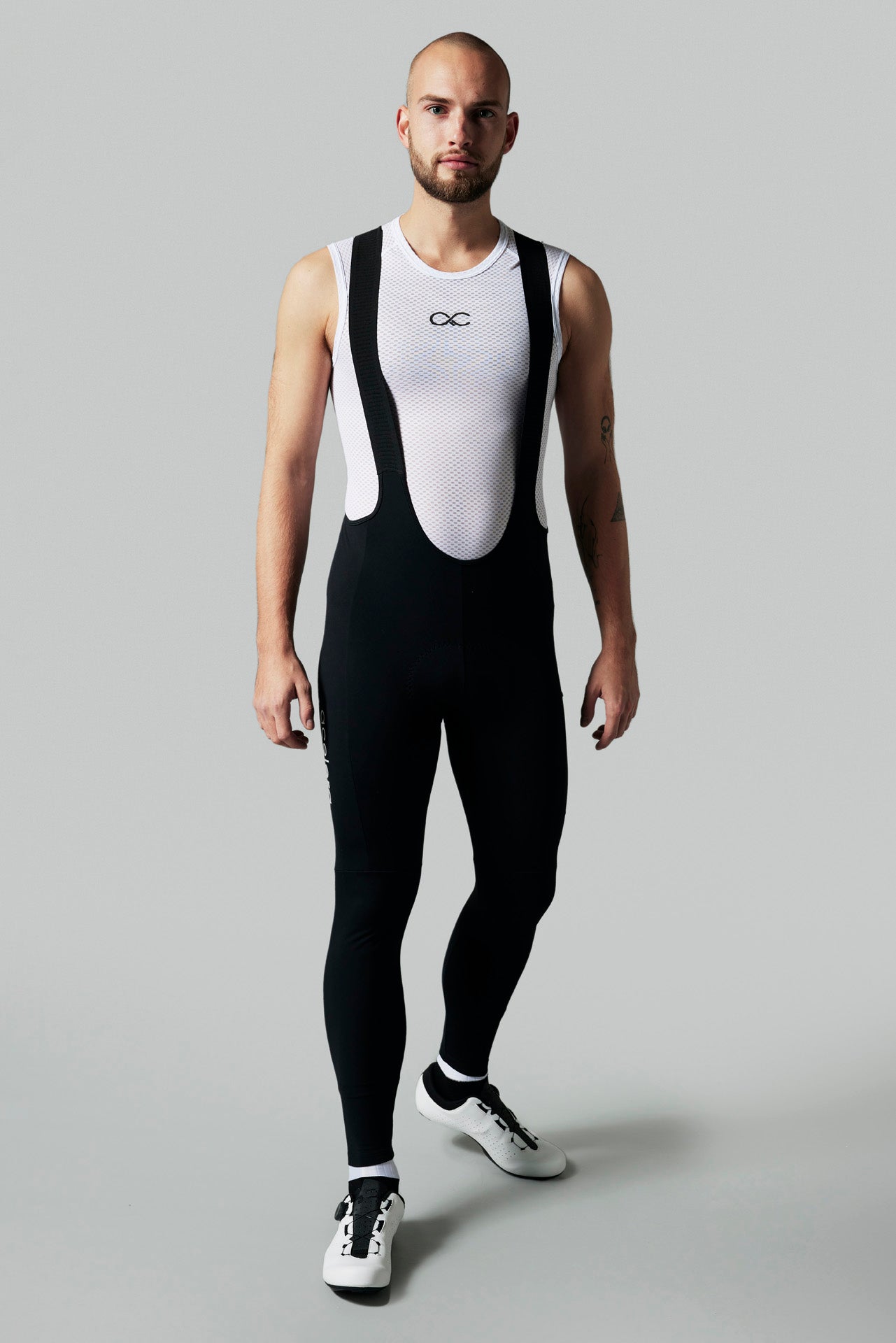


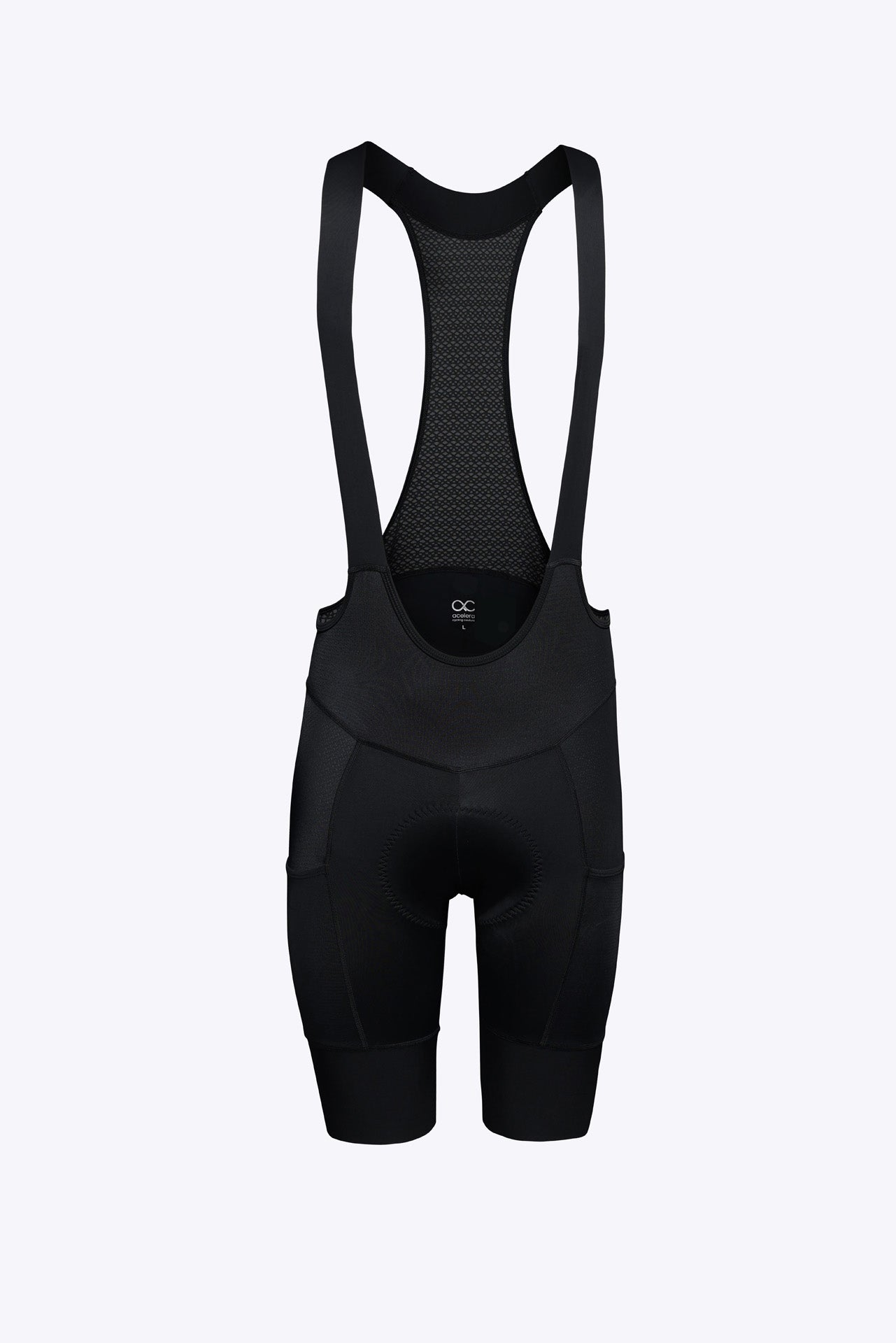
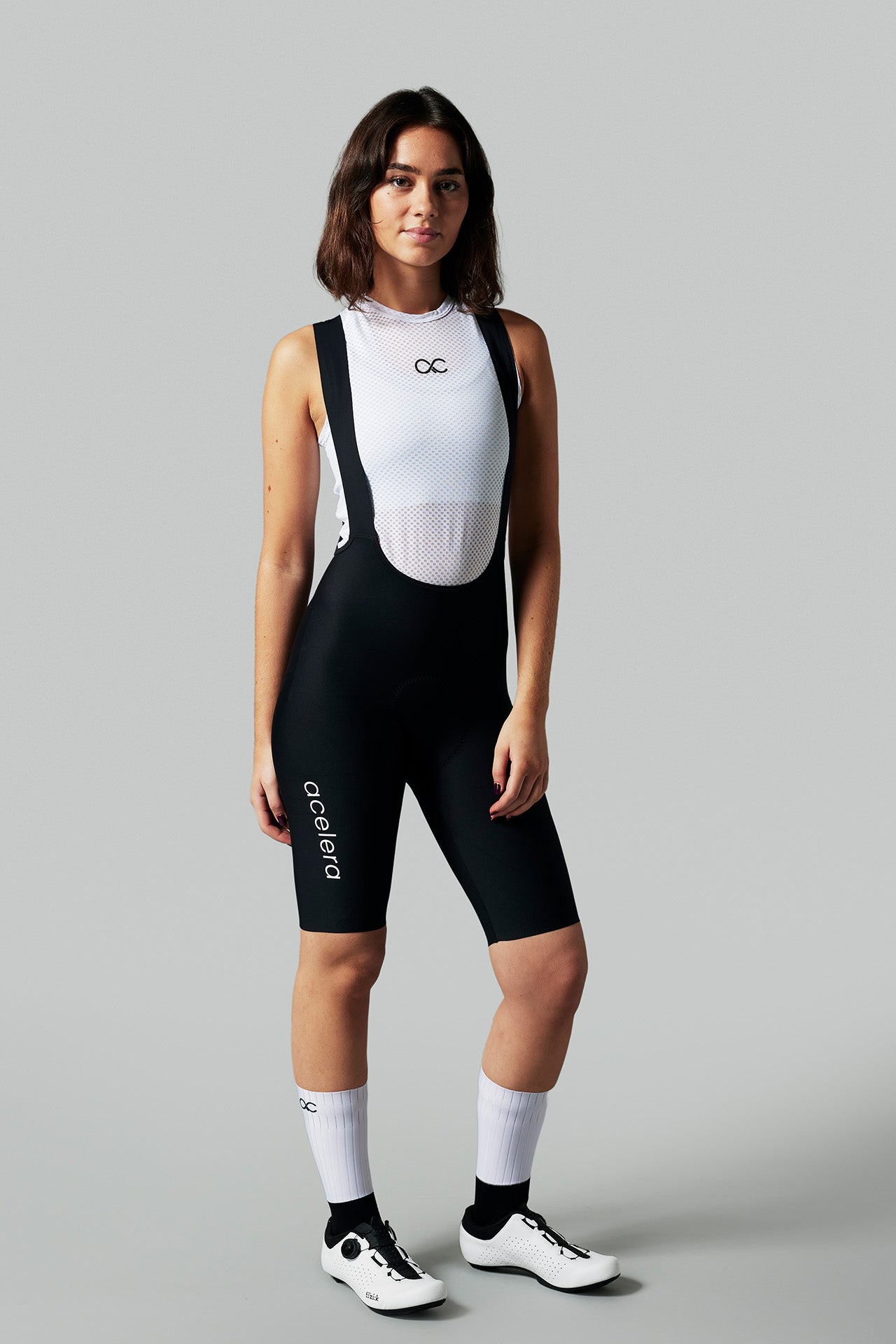
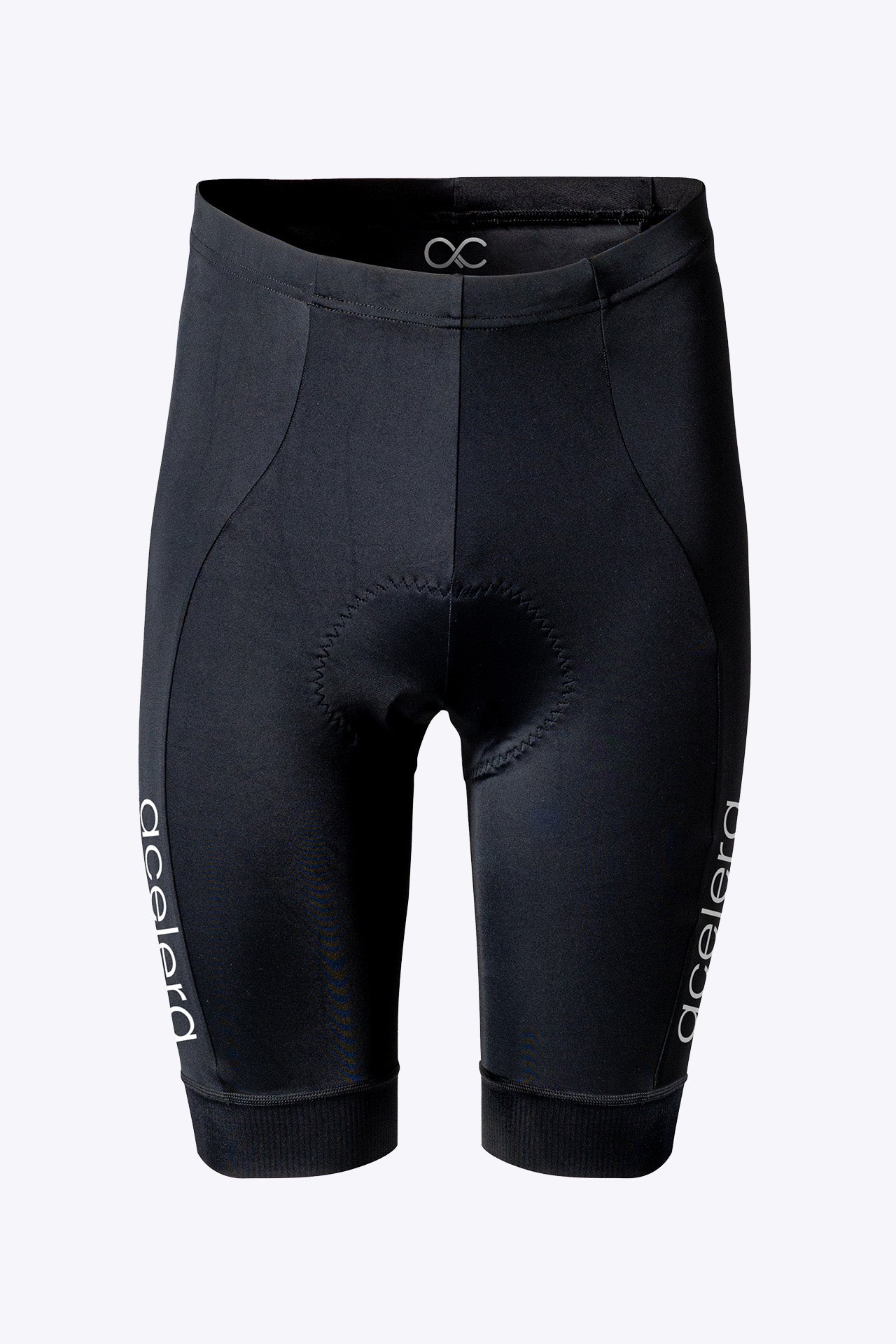

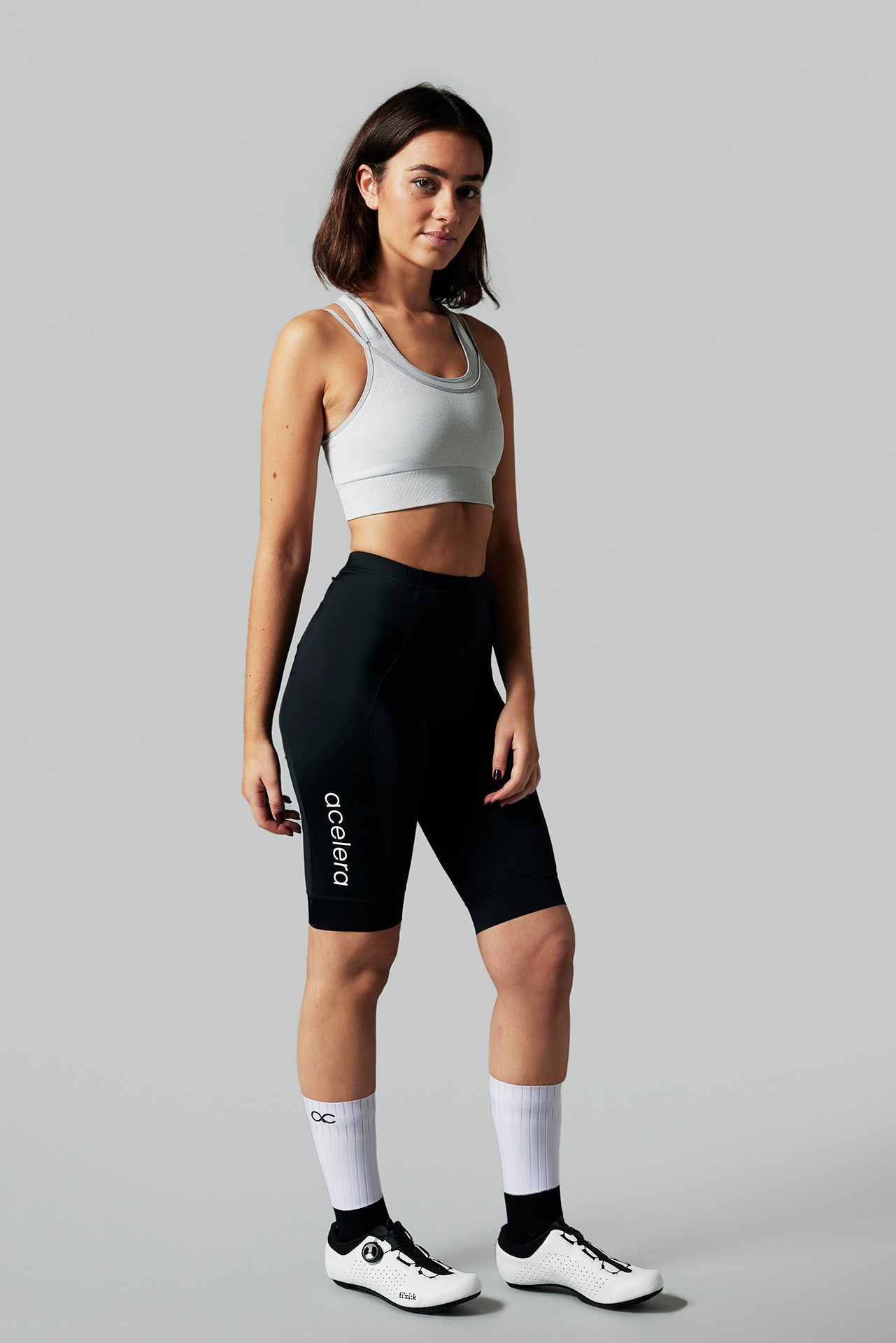
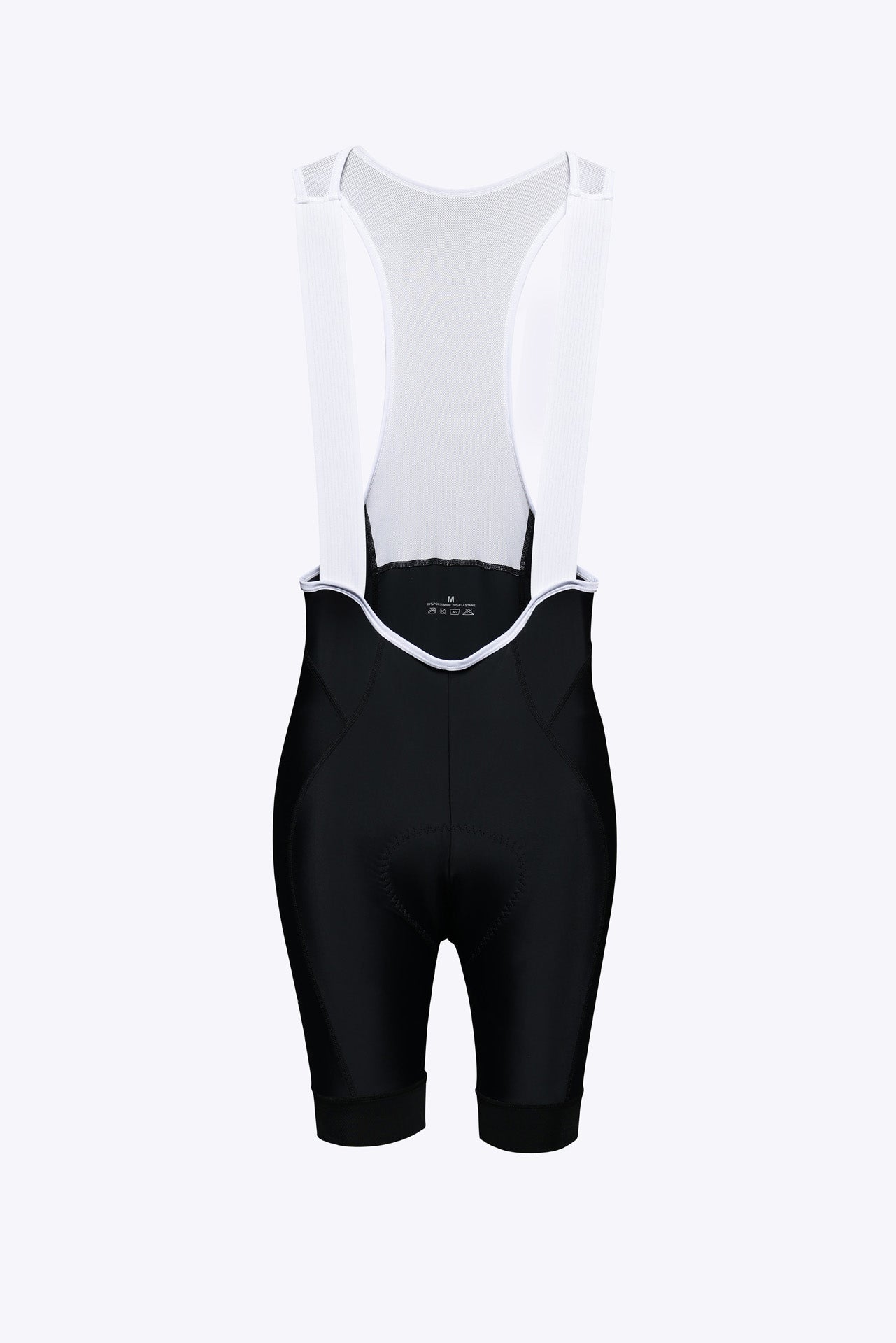

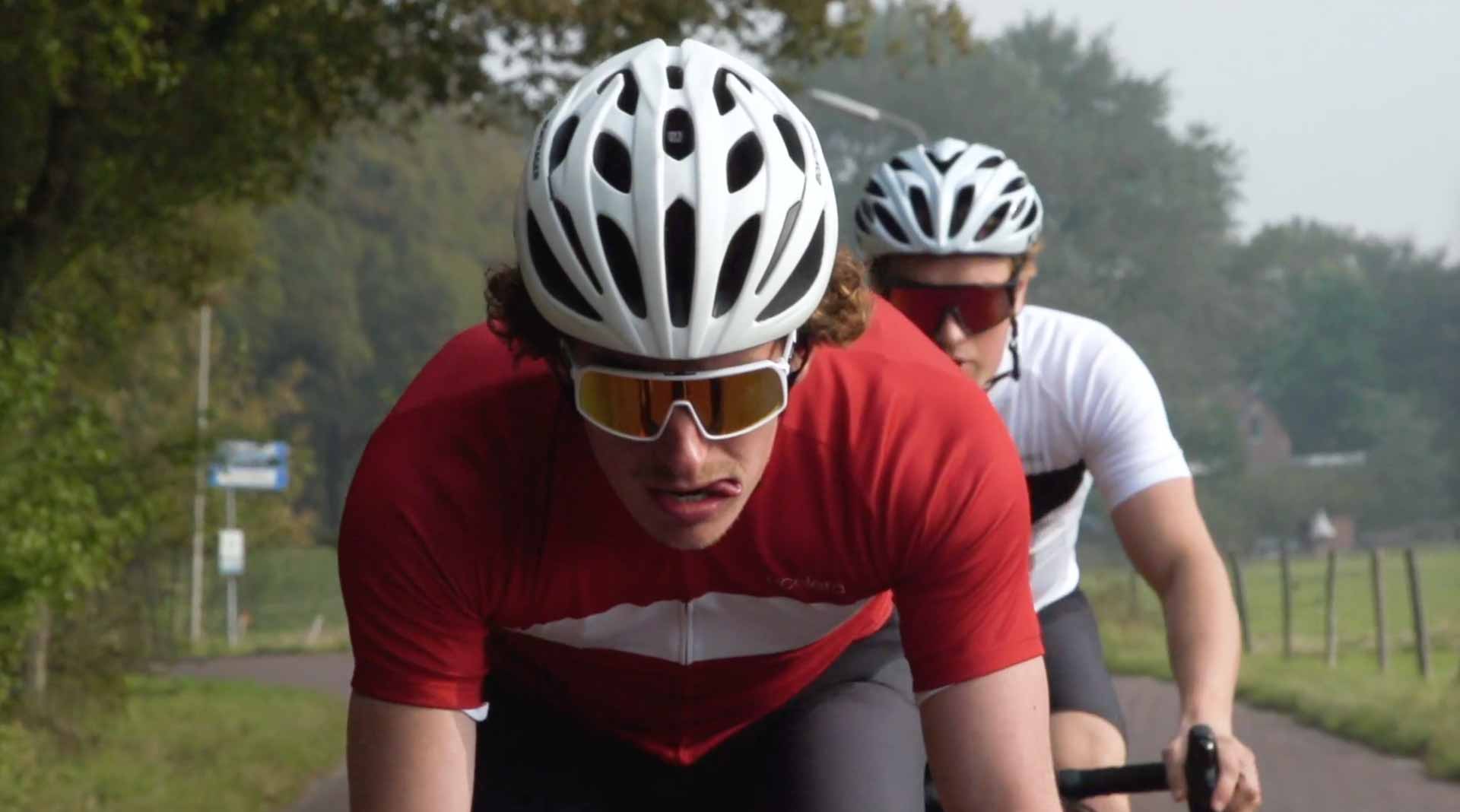

Leave a comment
This site is protected by hCaptcha and the hCaptcha Privacy Policy and Terms of Service apply.